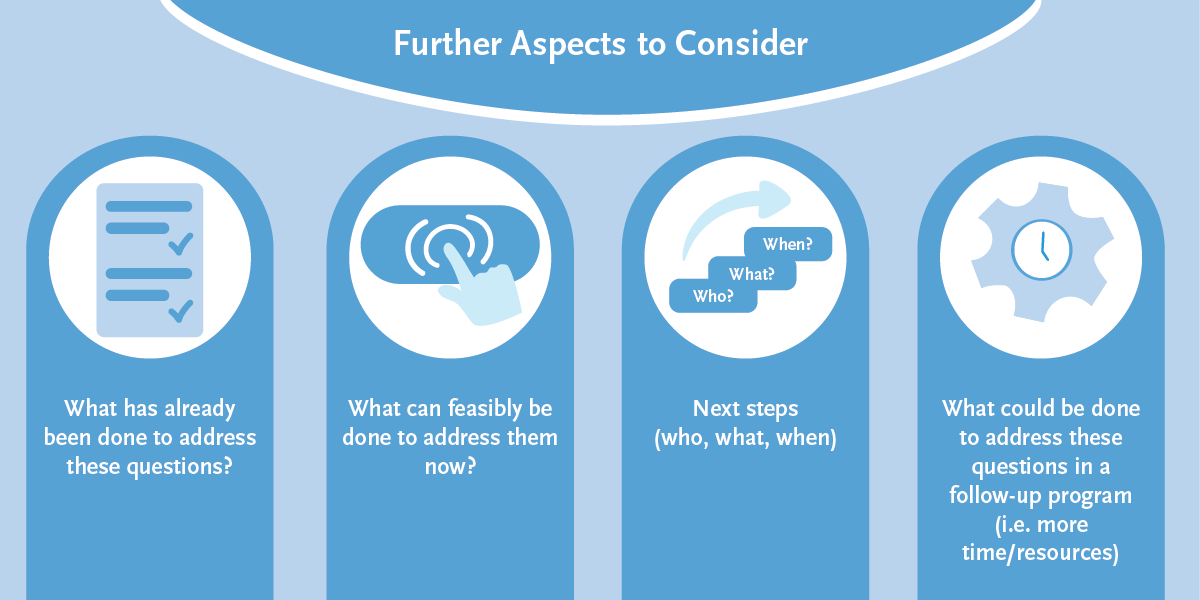
Reflexivity
What do we mean by reflexivity and why is it helpful?
Considering one's own assumptions, biases, and limitations going forward. Also acknowledging the perspectives of other actors (e.g. the public, companies) on particular issues.
Getting started with Reflexivity
Start by sitting down and working through the self-reflection questions below. Certain questions may require further exploration. This may be in the sense of linking in with other dimensions (see below) or through the use of tools and processes to address any issues that the reflection has surfaced.
Potential questions to ask
- What is your motivation for doing this science?
- What is the wider context within which your research and innovation activities take place?
- What are your and others' roles within this context?
- What are your limitations and potential blind spots?
How these questions can be addressed
- Recognise how values, scientific norms, and organizational structures shape research decisions
- Challenge these unspoken drivers, for instance through inter-/transdisciplinary research setups
- Engage in processes of self-awareness and self-critique as an intrinsic feature of the
research - Understand how research and innovation interact with society
- Understand how the framing of questions and solutions affects inclusion
Further aspects to consider are presented below.

Potential methods and tools to engage with this dimension |
|
Linking into different dimensions and next steps
Each dimension is not a separate area to work through as a tick-box process. Instead, they should all flow into each other. Working through each of the dimension's self-reflection questions will help you think about the connections you may have missed.
An example of linking reflexivity into a different dimension.
As you practice reflexivity, it may help you identify blind spots around who you involve or consider in research, such as only considering the more influential stakeholders, leading you to work through the dimension of inclusion. It could also help you to consider what is motivating your research, which could result in you thinking through what others outside of the research need to know about your purpose in undertaking this work (part of openness and transparency).
Explore other dimensions
